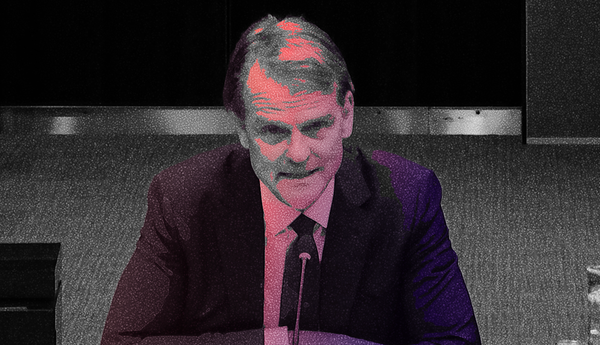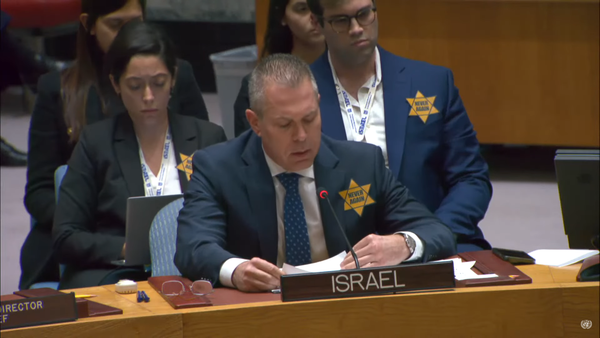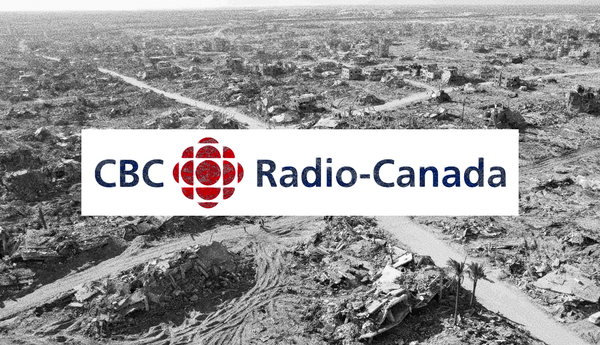As COVID-19 ravages the world, many things have drastically changed for the foreseeable future. Others, however, have stayed the same. Brave frontline healthcare workers are still doing their best to keep the sick alive. Politicians are still prioritizing corporate interests over workers. And Postmedia is still giving a platform to columnists to say dangerous things that fly in the face of science.
Here are the headlines of some COVID-19 related articles and videos Postmedia has published in just the last couple of weeks, well after the coronavirus was labelled a pandemic: “Can we take a collective chill pill?”; “Here’s why we should be taking a less panicked approach”; “What’s more damaging, COVID-19 or the panic over it?”
Many of the claims in these articles and videos are obviously misleading, and yet are presented as fact, or at least informed opinion.
For example, in a March 6 National Post video (13,000+ views), commentator Stephen LeDrew — who qualifies his skepticism with, “Every life taken is a very sad fact, but…” — makes an asinine comparison to the flu. He states, “Over 3,000 persons have died so far, but compare that to 56,000 people who die every year from the flu.” In a March 10 National Post video (14,000+ views), he states, “You have a greater chance of dying in the United States from the flu than from coronavirus,” and urges readers to “buck-up.”
As of writing this, more than 22,000 people have died from coronavirus globally — when I started taking notes for this article, it was at 10,000 — and the Centers for Disease Control and Prevention (CDC) is predicting between 200,000 to 1.7 million people will die in the U.S. alone.
Moreover, as experts have been saying for months, COVID-19 is not like the flu: it’s much worse. A Vox infographic — using the CDC, World Health Organization and National Center for Biotechnology Information as sources — notes that: COVID-19’s RO number is 2 to 2.5, while the flu’s is 1.3; the incubation time is one to 14 days, compared to just one to four for the flu, meaning it’s easier for COVID-19 to spread undetected; the hospitalization rate is 19 per cent, compared to 2 per cent for the flu; the fatality rate is, on average, 3.4 per cent — currently more than 9 per cent in Italy — compared to .1 per cent or less for the flu.
This hasn’t stopped other Postmedia commentators, including Lorne Gunter, Randall Denley, Lorrie Goldstein and Terence Corcoran, from making similar references or comparisons to the flu. I wonder if you could find op-eds in 1918 calling on people to relax because the Spanish flu didn’t look to be as bad as the Black Death?
Other columnists seem to have no idea how viruses work, and so have encouraged people to remain calm, even when Canadians were doing nothing to prepare for the eventual pandemic.
For example, in a February 1 Toronto Sun article headlined “10 reasons not to panic about the Wuhan coronavirus,” Goldstein writes, “(1) On Friday night, more people died in one shooting at a downtown Airbnb in Toronto — three — than had died from the coronavirus anywhere in the world outside of mainland China — zero.” Later in the article, Goldstein states, “(3) As of 10 a.m. Saturday, according to scientists at Johns Hopkins University, 11,860 of the 12,024 cases of the Wuhan coronavirus diagnosed worldwide, or 98.6 per cent, were in mainland China. Canada had four.” There are now more than 490,000 cases throughout the world, nearly 85 per cent of which are outside China.
Then, there are examples of Postmedia columnists unjustifiably attempting to raise doubts about crucial steps everyone should take to help limit further coronavirus spread as much as possible.
In a March 17 Ottawa Citizen article, Denley wrote, “Sure, we can ask Canadians to self-isolate for 14 days when returning from the U.S., but what’s the point?”
In an article published in both the Edmonton Sun and Toronto Sun the same day, Gunter wrote, “Back in 1919, many of the public buildings in the small town of Maple Creek, Saskatchewan were heated with central steam and my great-grandfather ran the municipal boiler. Even though he contracted the Spanish flu during the worldwide pandemic that winter, he went to work with a temperature of 104 so he could keep city hall, the school and tiny hospital warm. I raise this … to encourage people (including the media) to take a less panicked approach to COVID-19.”
The necessity of going into isolation following a trip, or when you’ve tested positive for COVID-19, has been made extremely clear. Hinting that people should do anything less is incredibly irresponsible, especially when — difficult as it may be for many of us to comprehend — these writers have audiences that trust them and may take their advice.
This danger is amplified due to Postmedia’s vast reach, with around 200 publications under the brand, and a readership of more than 10 million people daily. Moreover, Postmedia content is often run in several different publications, making any one bad article capable of doing more damage than would otherwise be expected.
The reason I started this article by claiming “Postmedia is still giving a platform to columnists to say dangerous things that fly in the face of science” is because of their climate change commentary.
Postmedia has been justifiably criticized for years for allowing climate change deniers to spout lies. In 2014, even then-National Post opinion editor Jonathan Kay claimed “there are some colleagues I have who are what you might call climate change deniers.”
For example, North99 called National Post columnist Rex Murphy “Canada’s most infamous climate change denier.” They write, “Over the years Murphy has gone from outright climate change denial to a more watered-down approach. Instead of disputing the science, he attacks any form of action aimed at tackling the climate crisis. That includes even the Conservative Party’s most recent climate plan.”
As the article notes, in 2014 journalist Andrew Mitrovica reported that Murphy had been taking money from oil corporations for speeches. Despite the conflict of interest, he remains employed at Postmedia.
The company has since doubled down on climate “skepticism” by promoting Kevin Libin, a former-columnist, first to editor of the National Post and Financial Post comment sections, and then to executive editor. As a Canadaland story noted, Libin has “written that the ‘climate panic’ is a kind of ‘big business’ that could be harbouring ‘vested interests’ among its ‘great slush of shekels.’ As comment editor, he has given platforms to climate-change deniers (‘skeptics’).”
Climate change and COVID-19 have many similarities: the danger of both are confirmed by the vast majority of scientists; both will necessitate a significant change in how our economies function to be combatted; the damage both will inflict can only be significantly reduced through coordinated government action that violates the free-market principles conservatives worship. As such, it’s no surprise the same company that allows columnists to spread misinformation about climate change is doing the same for COVID-19.
The difference between the danger of the two, however, is that COVID-19 is wreaking havoc incredibly quickly, and how many people it will ultimately kill depends on what we do in days and weeks, not years or decades. This makes misleading columns even more irresponsible.
Of course, the columns and videos I mentioned above aren’t the only ones Postmedia has published regarding COVID-19. They’re not even close to the majority of articles and videos published. So, then, some will say, isn’t it important to have “both sides”?
To put it simply: No.
When it comes to whether COVID-19 is as bad as the flu, if social distancing should be taken or if people really need to follow government precautions, there aren’t two sides: There is truth, and there are lies. Even one article like any of those I’ve listed is too many.
Moreover, as outlets like the BBC have noted in recent years, the “two sides” model is incredibly flawed when it comes to topics like climate change, where one “side” isn’t operating in reality. The same applies to COVID-19.
Of course, this doesn’t mean everyone needs to have the same position. There is lots to discuss and disagree on. For example, how much power should police have to enforce restrictions on public gatherings? What should be considered an “essential workplace”? Which country’s response to the pandemic should we model our own after?
These sorts of questions are worth asking and discussing. What’s not worth our time, however, are 600 word Facebook comments published in newspapers that could potentially play a role in leading people to shun medical advice and put others in danger.
It’s completely within the power of Postmedia editors to stop these sort of columns from running, and they should do so. We need responsible commentary now more than ever.
CORRECTION: This article has been updated to note the correct publication date of Lorrie Goldstein’s Toronto Sun article. Passage regrets this error.







